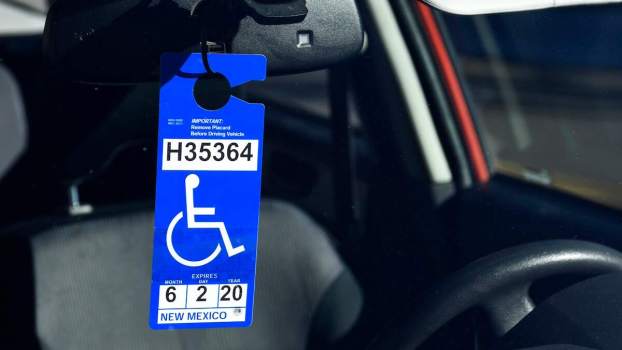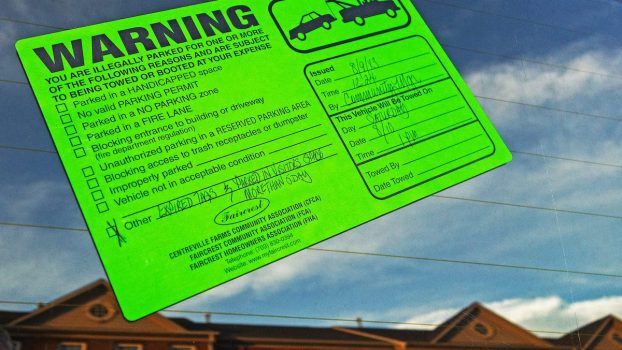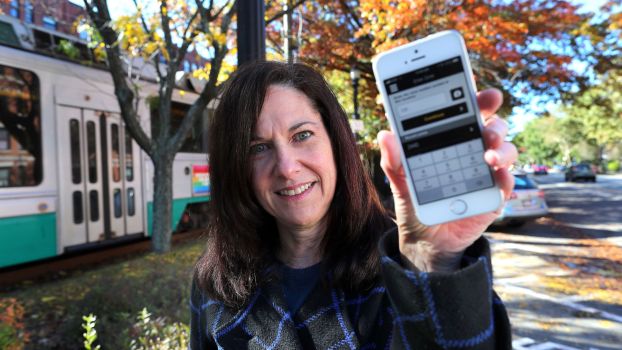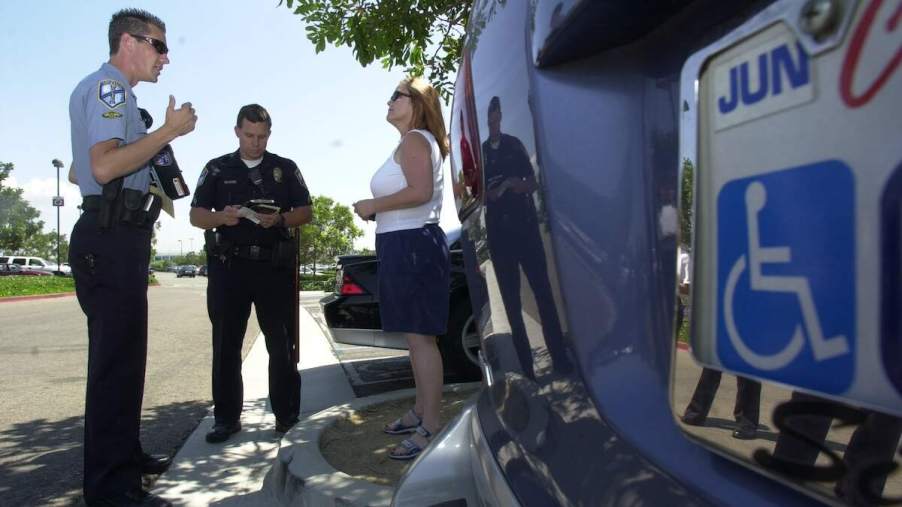
Who Can and Can’t Use Handicapped Parking Spaces?
Wherever you see public parking for cars, you’ll find handicapped parking spaces. They could be at grocery stores, apartment complexes, gas stations, or anywhere else. Thanks to the Americans With Disabilities Act, these designated spots are reserved for people with physical disabilities. So, who can and can’t use handicapped parking, and who qualifies for a disability parking permit?
Why is handicapped parking required for people with disabilities?
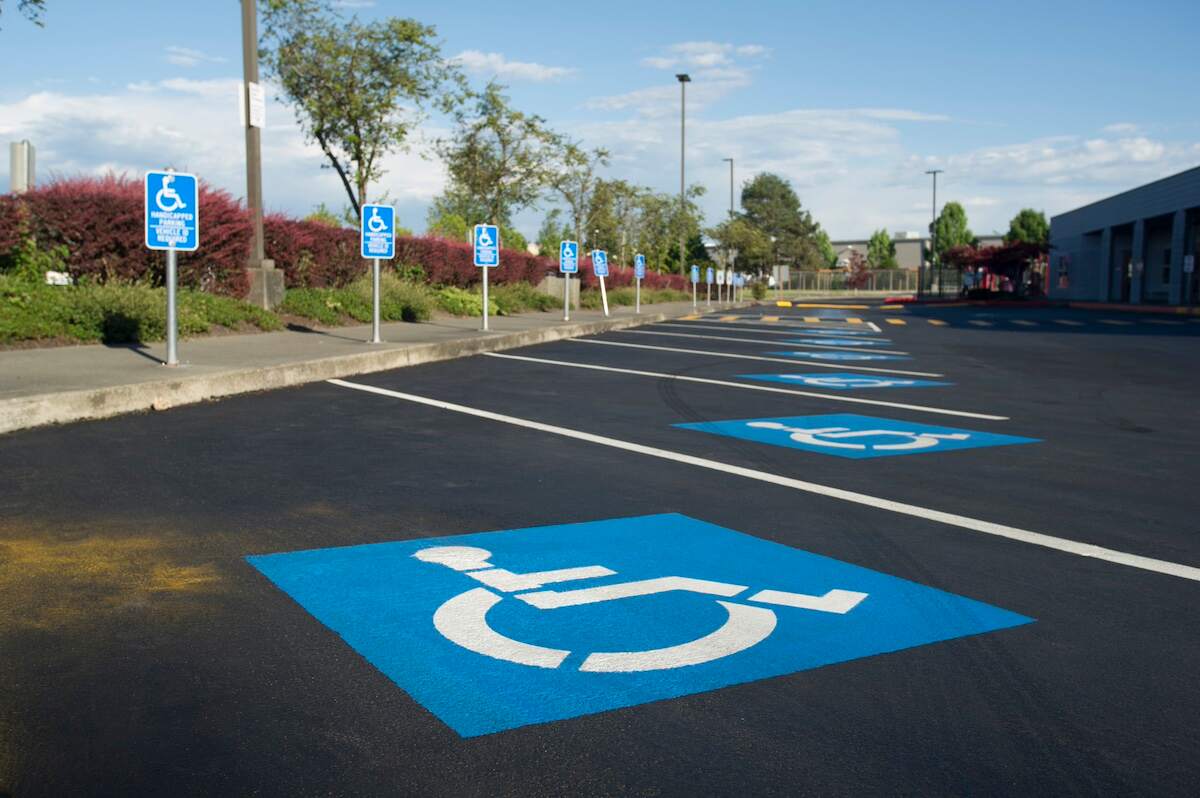
Handicapped parking, also known as accessible parking, has existed since 1955 when code 2134 passed in Delaware. In 1964, the U.S. government enacted even more regulations nationwide. Later, the Americans With Disabilities Act (ADA) made things easier. These requirements included parking spots, curb cuts, and signs. Before these rules existed, people with physical disabilities sometimes had to park far from their destinations, creating undue challenges.
Handicapped parking is required because physical disabilities limit a person’s mobility. Everyone has the right to live without disproportionate challenges based on something they can’t control. Accessible parking spaces are a form of accommodation.
Additionally, you might wonder how many handicapped parking spaces a business must provide. The answer depends on the number of total spaces in the parking lot. For example, if a lot has 26 to 60 spaces, it should have at least two accessible parking spots, the ADA says. If a parking lot has 51 to 75 spots, three should be for people with disabilities. The number of accessible spaces is four for 76 to 100 spots, five for 101 to 150, and so on.
These rules are per separate parking facility, so if a place has more than one lot, the same requirements apply to all of that facility’s lots. The ADA also has more information about the number of spaces.
How do you qualify for handicapped parking?
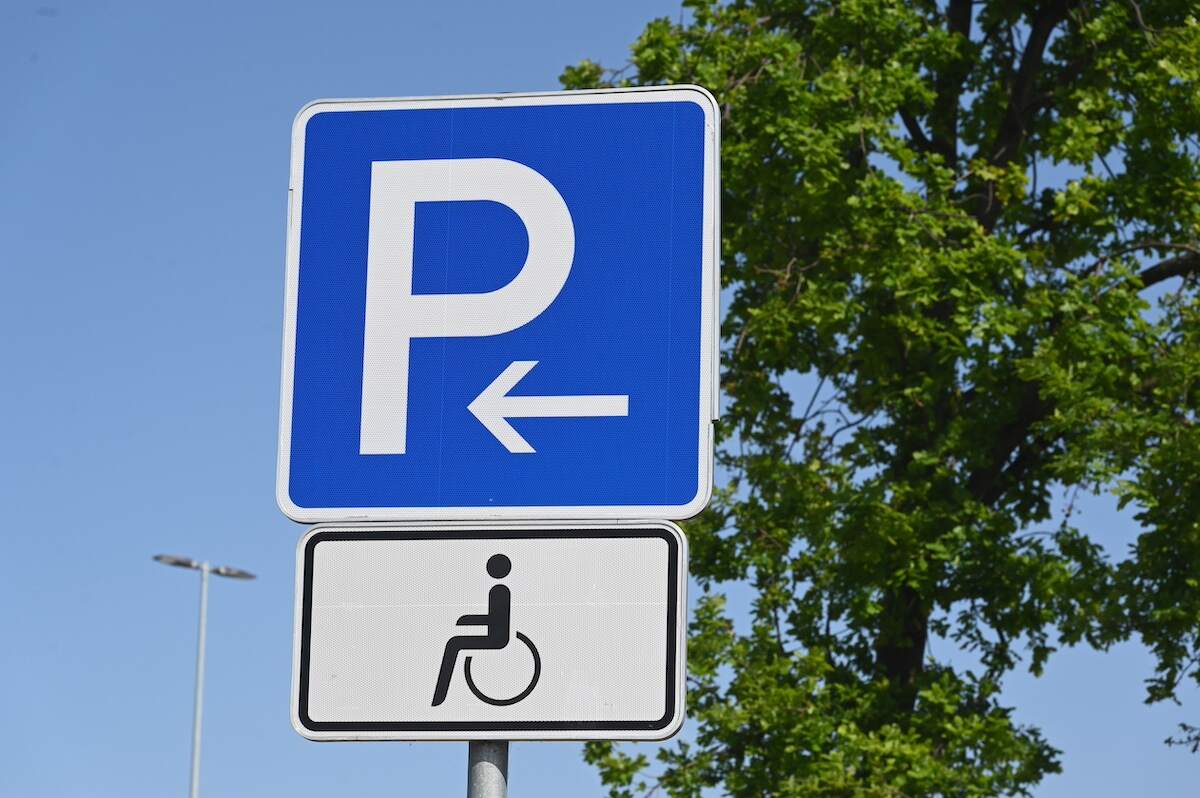
The ADA has done much for people with disabilities. However, it’s still not always generally understood who qualifies for accessible parking. There are a few clear-cut rules for who can get a permit, which means there is never a reason to park in a handicapped spot illegally.
The first criterion for someone needing a permit is that they can’t walk 200 feet without assistance or stopping to rest.
The second reason someone would qualify for handicapped parking through the ADA is they use an oxygen machine. These apparatuses can be cumbersome, which could put the person at risk if they carry them long distances.
Third, a closer parking space would be necessary if the person can’t walk without a cane, wheelchair, prosthetic device, or other aid.
Many other physical disabilities can qualify a person for a handicapped parking sticker. They include lung conditions, blindness, and hearing impairment.
To get a handicapped parking permit, also called a placard or place card, a person must visit their local DMV. Of course, there might be a small fee. Some states charge only $5. People should also note that if they have a placard, it is valid for any vehicle they may be riding in, even if they are not the driver.
Types of accessible parking spaces
There are two main types of handicapped parking spots. There are the standard accessible parking spaces, which most people are already aware of. Then there are van-accessible spots, also called Type A spaces. People in wheelchairs can use these spots. They fall into two sub-categories — one-sided and two-sided entry — depending on the type of van. Notably, these spots accommodate vans of varying sizes. The ADA has explicit rules for the size of these spots.
Accessible parking is a necessary part of our society. As such, there are a few rules that everyone must follow. First, under no circumstances should a vehicle without a disability placard or plate park in a handicapped spot. This action goes against the ADA, and anyone who does so is effectively stealing a space from someone who needs it. Not only is it unkind, but it could also raise the offender’s auto insurance rates.
Additionally, when pulling in next to a handicapped spot, do not park over the line because that could impede the user’s ability to enter and exit their vehicle.
Also, remember that some disabilities are invisible, so never judge or assume a person doesn’t need an accessible parking space based on appearances.
